
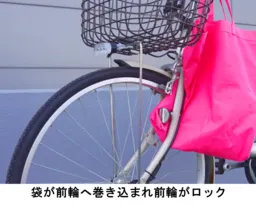
Vital Safety Tips for a Secure Cycling Experience: Avoiding Wheel Entanglement in Your Daily Ride
Introduction
As a new fiscal year begins, many individuals are turning to bicycles for commuting or school transport. The National Institute of Technology and Evaluation (NITE), led by Director Masahiko Hasegawa and based in Shibuya, Tokyo, has issued a safety warning regarding bicycle accidents.
Statistics on Bicycle Accidents
According to product accident reports received by NITE, there were a staggering 502 bicycle-related incidents from 2019 to 2024, with approximately 80% resulting in severe injuries. Alarmingly, adolescents in their teens were particularly affected, as shown by a survey conducted by NITE in March 2025, which revealed that ‘wheel entanglement’ with objects was the most common accident scenario.
Bicycles are easy to use without the need for a license or regular technical checks. However, they pose significant risks of severe injury to riders and bystanders if accidents occur, including falls and collisions. Furthermore, legislative changes in 2022 regarding bicycle traffic rules have altered the riding environment, underscoring the need to revisit safe cycling practices as we enter a new year.
Key Safety Points for Cyclists
NITE highlights five critical safety tips for cyclists:
- - Avoid Hanging Items on Handlebars:
- - Check Brake Functionality:
- - Inspect the Chain:
- - Examine Wheels, Handlebars, and Pedals:
- - Stay Informed on Recalls:
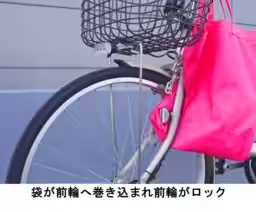
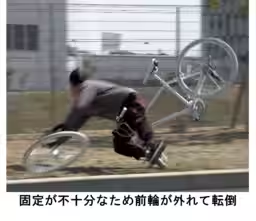
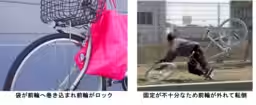
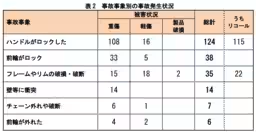



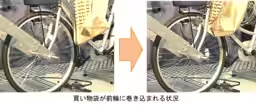
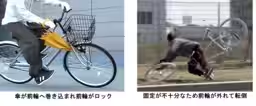

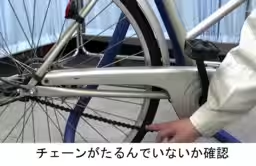
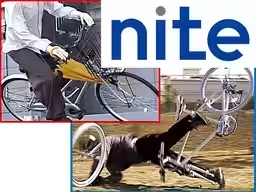
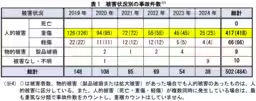

Topics Other)










【About Using Articles】
You can freely use the title and article content by linking to the page where the article is posted.
※ Images cannot be used.
【About Links】
Links are free to use.